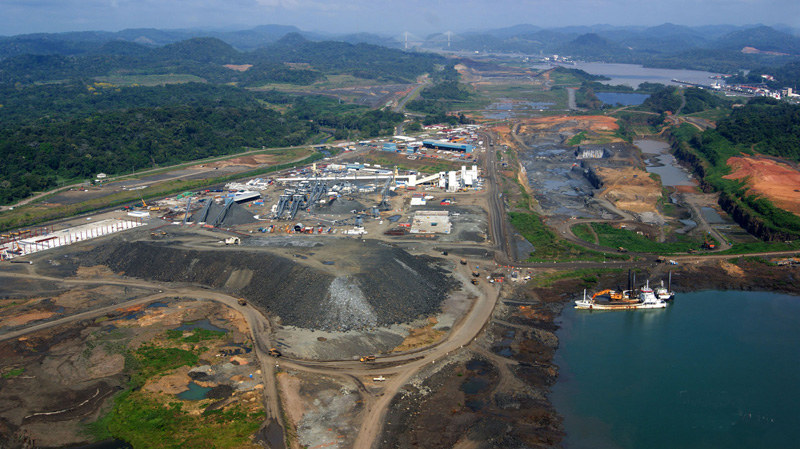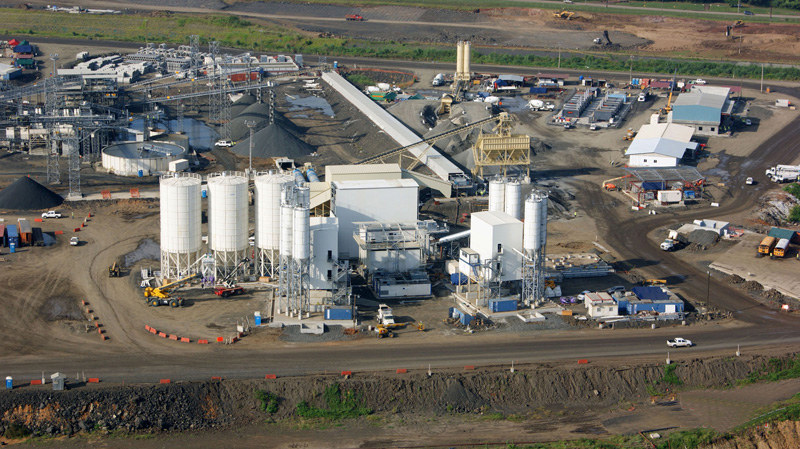
Panama’s Amazing New Ditch
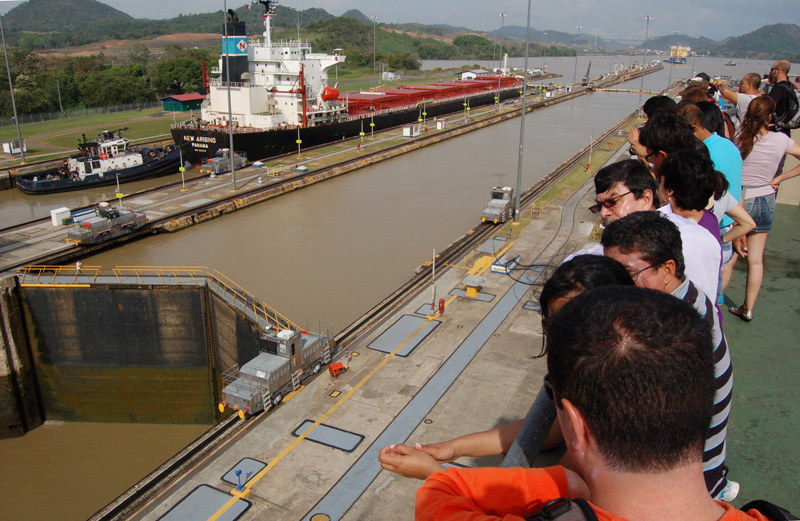
©2011 Latitude 38 Media, LLC
Being able to transit the Panama Canal, rather than traveling via the Strait of Magellan or Cape Horn, saves cargo vessels at least 8,000 miles and an untold volume of fossil fuels. But today it is estimated that a third of the world’s container ships are too large to pass through the Panama Canal. Knowing this, we weren’t too surprised to learn, during our recent visit to The Ditch, that a new, longer, wider set of locks is being built to augment the current parallel lock system.
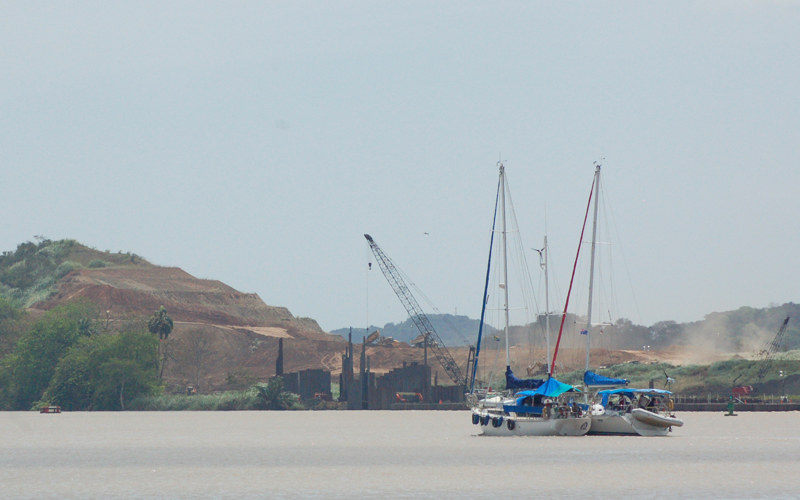
© Latitude 38 Media, LLC
What did shock us, however, was the timeline for completing it. As every armchair historian knows, construction of the Panama Canal was a colossal effort fraught with a wide range of setbacks, including the deaths of thousands of laborers from all over the globe. Begun by the French in 1880 and later abandoned, The Ditch was finally completed by an American team in 1914. The new lock system, however, was begun just four years ago and is slated for completion in 2014 — the 100 year anniversary of the original Canal. Its upgrade will more than double the Canal’s annual capacity. Currently, the maximum dimensions of ships (dubbed Panamax vessels) transiting the Canal are 965′ long x 106′ wide. The new lane will accommodate New Panamax vessels as big as 1,200′ long x 160′ wide — increases of 25% and 50% respectively.
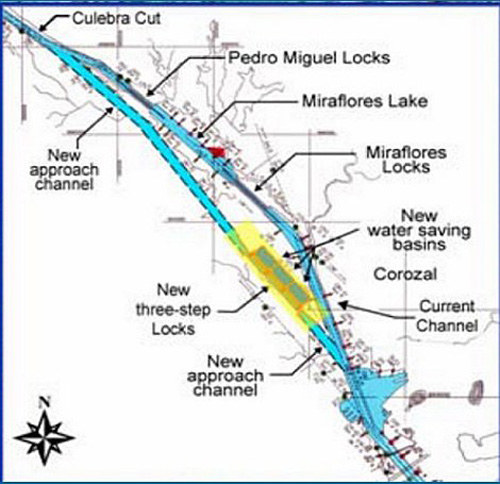
We got some fascinating insights into the massive, $5.25 billion construction effort from former San Francisco Bay sailor and ex-cruiser David Wilson, who is currently working on the expansion project. Having cruised far and wide, he and his wife Sandra Snyder now call Panama home. "These photos show the location of the new Pacific locks construction area (near Panama City)," he explains. Look for more on the project in an upcoming edition of Latitude 38.
